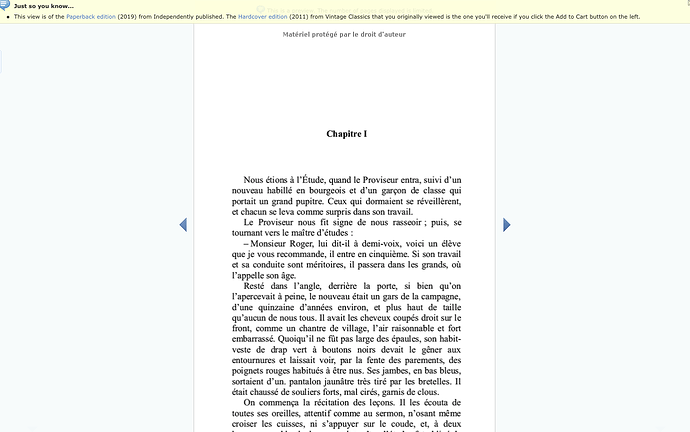I’ve been reading Umberto Eco’s Ur Fascism.
available here assuming that it’s a true and accurate copy of the original NYRB article. Most readers these days use the abbreviated form “Eternal Fascism: Fourteen Ways of Looking at a Blackshirt” since it purports to answer the age old problem of how to label Trump and the Republicans as fascists-- and therefore as evil. I prefer the longer version, since it’s wittier.
The first “tell tale sign” reads:
The first feature of Ur-Fascism is the cult of tradition.
This statement has been taken to describe, and thus condemn the practice of erecting monuments across the south in the nineteen twenties and nineteen fifties. It constructs a mythology of the past and seeks to venerate it.
Superficially, this seems a reasonable metaphor. At the same time, I’m skeptical. It’s reasonable to assume that Eco’s purpose was not merely semiotic-- he states that
We must keep alert, so that the sense of these words will not be forgotten again. Ur-Fascism is still around us, sometimes in plainclothes. It would be so much easier, for us, if there appeared on the world scene somebody saying, “I want to reopen Auschwitz, I want the Black Shirts to parade again in the Italian squares.” Life is not that simple. Ur-Fascism can come back under the most innocent of disguises. Our duty is to uncover it and to point our finger at any of its new instances – every day, in every part of the world.
and the existence of fore shortened version Eternal Fascism:
Fourteen Ways of Looking at a Blackshirt– (perhaps a joking allusion to thirteen ways of looking at a blackbird)-- reinforces the prescriptivist theme.
But it’s worth pointing out that the practice of putting up statues to reinforce pseudohistorical myth was fairly common in countries which weren’t fascist.
This eats into the specificity of Eco’s guide. (Howard Zinn, and some marxist historians would probably argue that the fascist regimes borrowed elements from the United States to build up their ideological foundations-- including, perhaps, this school of monument statuary.
It might be more useful to inquire into whether cult of tradition is a calque that means something more specific in the Italian, or in Roman catholicism.
It’s not straightforward-- Eco suggests that it is strange.
If you browse in the shelves that, in American bookstores, are labeled as New Age, you can find there even Saint Augustine who, as far as I know, was not a fascist. But combining Saint Augustine and Stonehenge – that is a symptom of Ur-Fascism.
 I learned that one from a couple of my millenial friends. The translation as I understand it:
I learned that one from a couple of my millenial friends. The translation as I understand it: